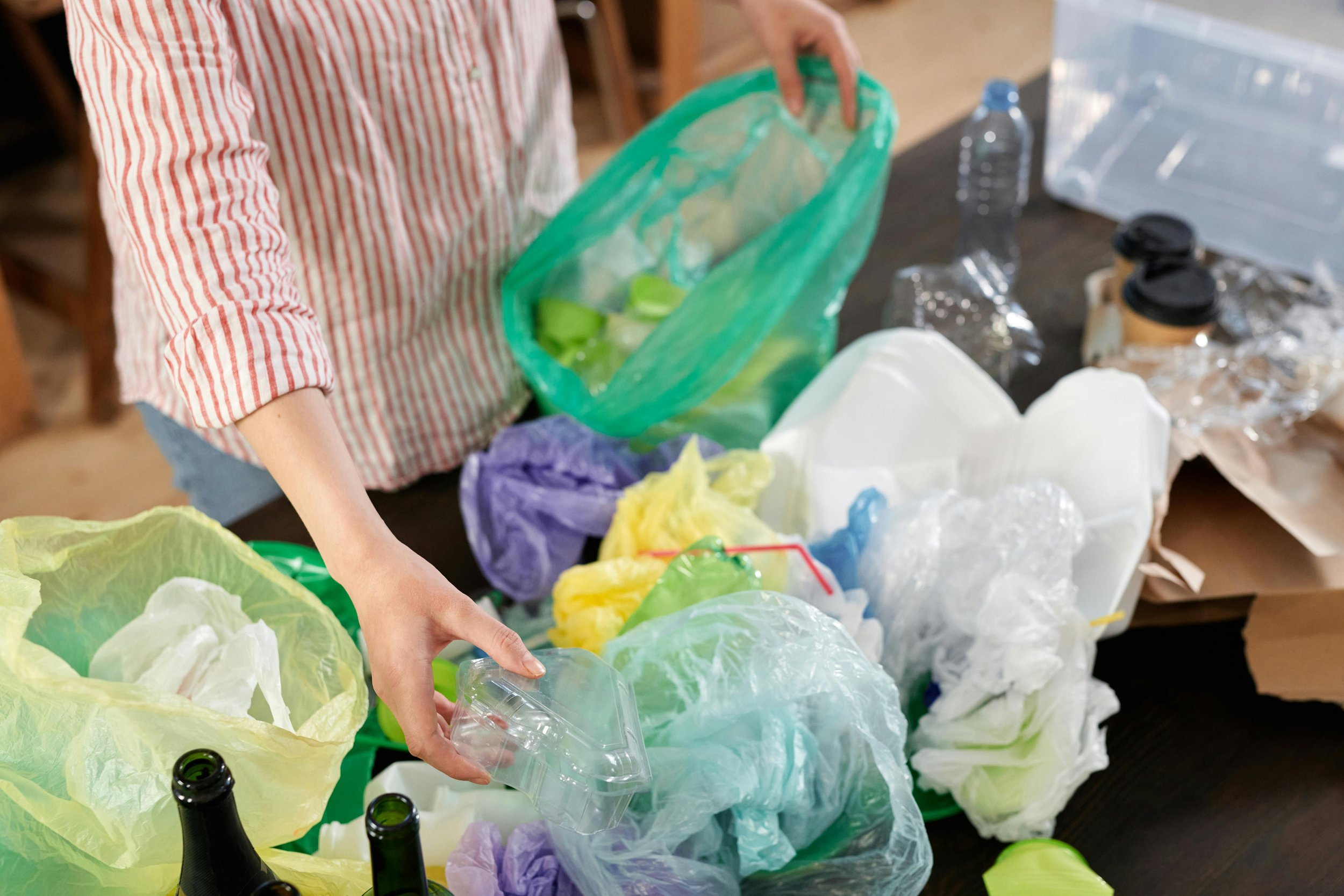Plastic Feedstock
Eirfuels’ feedstock sources primarily include post-consumer and commercial waste plastic. The processor accepts washed, sorted waste plastic, composites and commingled materials, which are difficult to dispose of and are typically found in multiple waste streams.

-
Optimal Plastic Feedstock Types
#2 - HDPE or High-Density and Polyethylene:
This grade of plastic is commonly used in bottles, grocery bags, milk jugs, recycling bins, agricultural pipe, plastic lumber, barrels, pails, food containers and oil containers.#4 - LDPE or Low-Density Polyethylene:
This grade of plastic is commonly used in plastic bags, 6 pak rings, various containers, tubing, agricultural film.#5 - PP or Polypropylene:
This type of plastic is commonly used in auto parts, industrial fibers food container, agricultural films and dish-ware.#7 - Other or O:
These types of plastics are commonly composed of combinations and composites of the above grades. -
Unacceptable Plastic Feedstock Types
#1 - PET or Polyethylene Terephthalate:
This grade of plastic is commonly used in bottles and food packaging. This grade of plastic realizes optimal value when traditionally recycled.#3 - PVC or Polyvinyl Chloride:
This grade of plastic is commonly used for construction, auto parts and medical products. PVC is primarily composed of chlorine and contains a low percentage of hydrocarbons.Other:
Foams, Nylons, and Fiberglass
Value Added to the Recycling Stream
Our vision is to help redirect waste plastic streams, preventing them from entering local landfills or incinerators.
Our Pyrolysis process offers a cost-effective, environmental solution for businesses and communities. We are also partnering with businesses and municipalities who collect waste plastics. Typically, this waste plastic is delivered to independent Material Recycling Facilities (MRFs), where it is often sent to landfill or incineration.
